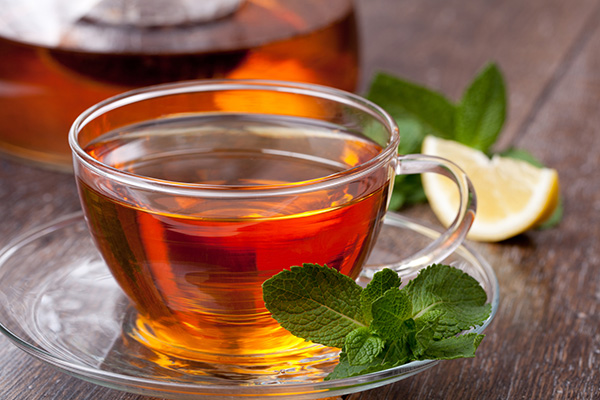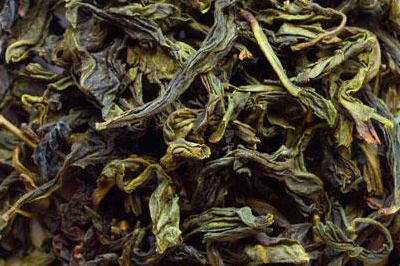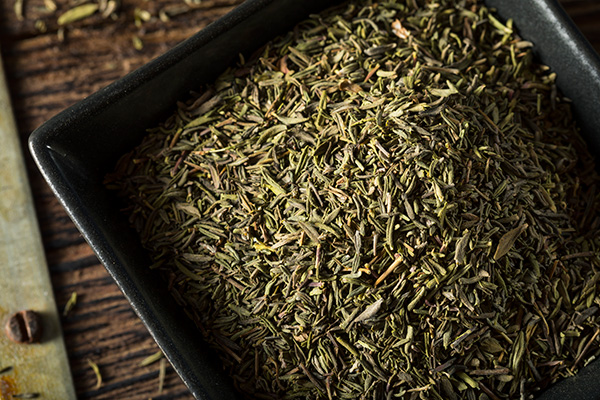Why Does My Tea Get Slimy?
Have you ever noticed a slippery, slimy texture when sipping on your favorite cup of tea? It’s not only unpleasant but can also be quite puzzling.
Why does tea sometimes get slimy? In short, tea can get slimy due to factors such as hard water, oversteeping, high brewing temperatures, and poor-quality tea leaves. Hard water contains minerals that can interact with compounds in tea leaves, forming a slimy film. Oversteeping and high temperatures can cause an excessive release of compounds that lead to a slimy texture, while poor-quality tea leaves may contribute broken leaves or dust that also result in sliminess.

Tea Composition: Understanding the Basics
To fully grasp why your tea may get slimy, it’s essential to understand the composition of tea leaves. Tea leaves contain various compounds, including:
- Polyphenols
- Caffeine
- Amino acids
- Minerals
These compounds contribute to the flavor, aroma, and health benefits of your tea. However, when prepared improperly or in certain conditions, some of these compounds can cause a slimy texture.
The Role of Hard Water
How Hard Water Affects Tea
One of the primary reasons behind slimy tea is the use of hard water. Hard water contains high levels of minerals, particularly calcium and magnesium. When these minerals come into contact with the compounds in tea, they can cause the formation of a slimy film.
Preventing Slimy Tea with Soft Water
Using soft water to brew your tea can significantly reduce the chances of encountering a slimy texture. Soft water contains fewer minerals, leading to a smoother and more enjoyable tea-drinking experience. You can soften your water by using a water filter, water softening system, or simply opt for bottled or other high-quality water.
Oversteeping and High Temperatures
How Oversteeping Affects Tea
Steeping tea for too long can also contribute to a slimy texture. As tea leaves steep, they release polyphenols and other compounds. If tea is left to steep for an extended period, these compounds can become concentrated, resulting in a slimy film.
How High Temperatures Affect Tea
Brewing tea at excessively high temperatures can also cause a slimy texture. High temperatures can cause the compounds in tea leaves to break down and interact with each other, leading to the formation of a slimy film.
Preventing Slimy Tea with Proper Steeping Techniques
To avoid slimy tea, follow these simple steeping guidelines:
- Use the appropriate water temperature for the type of tea you are brewing.
- Steep your tea for the recommended time. Oversteeping can result in a slimy texture and a bitter taste.
- Use a timer to ensure you don’t oversteep your tea.
Poor-Quality Tea Leaves
How Tea Leaf Quality Affects Texture
The quality of the tea leaves you use can also play a role in the sliminess of your tea. Poor-quality tea leaves may contain more broken leaves or dust, which can contribute to a slimy texture when brewed.
Choosing High-Quality Tea Leaves
To prevent slimy tea, always opt for high-quality tea leaves. Look for whole, unbroken leaves and avoid tea bags with finely ground leaves or tea dust. High-quality tea leaves will not only produce a better-tasting cup of tea but also reduce the chances of encountering a slimy texture.
In Conclusion: Tips for a Perfect Cup of Tea
The sliminess in your tea can be attributed to various factors, including hard water, oversteeping, high brewing temperatures, and poor-quality tea leaves. By understanding the causes behind this phenomenon, you can take steps to ensure a smooth and enjoyable tea-drinking experience.






